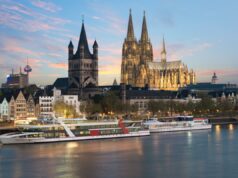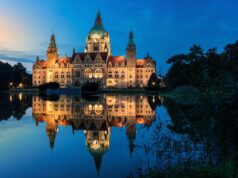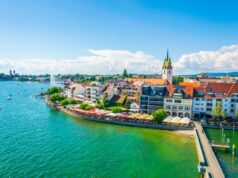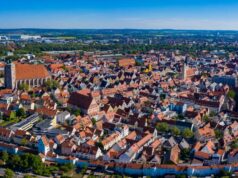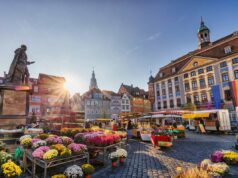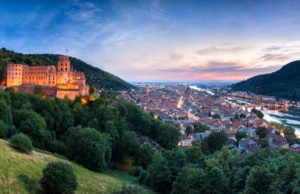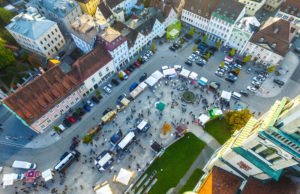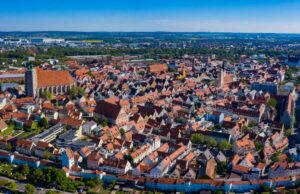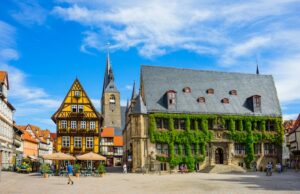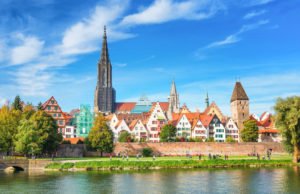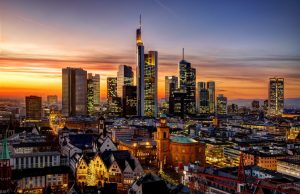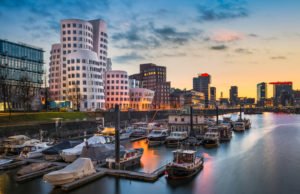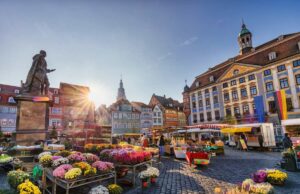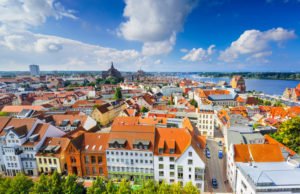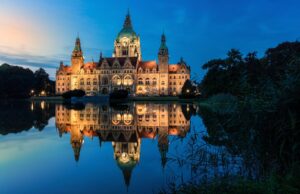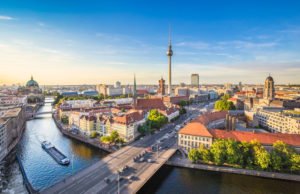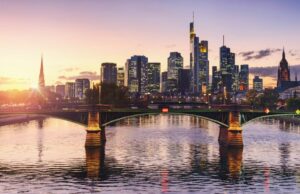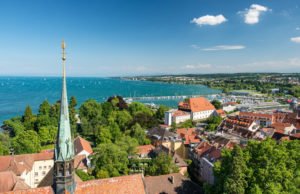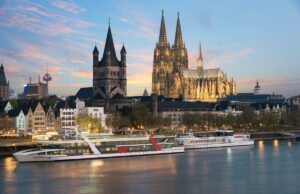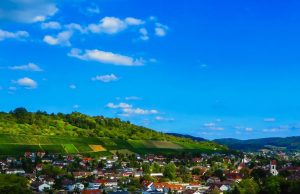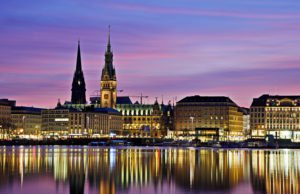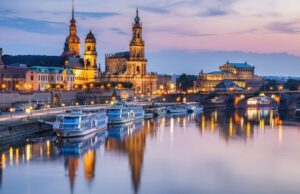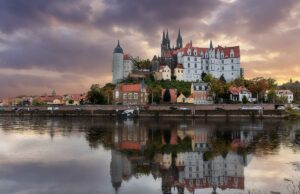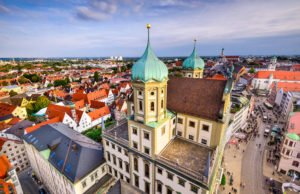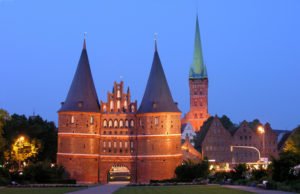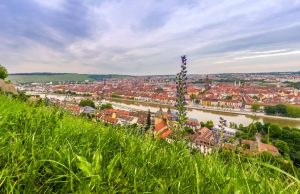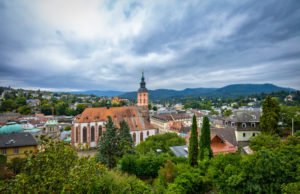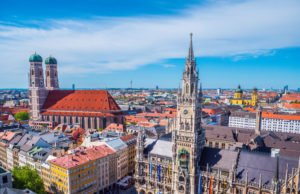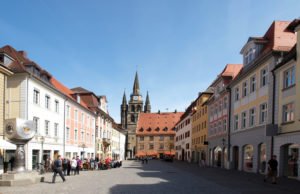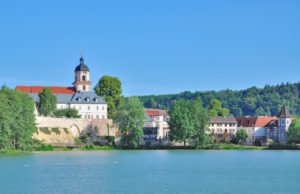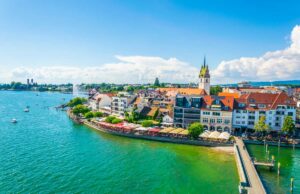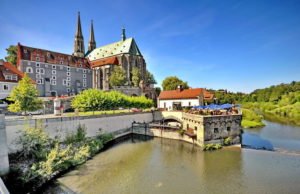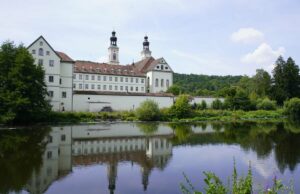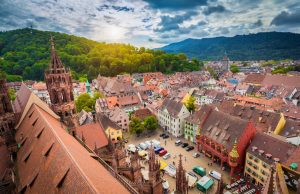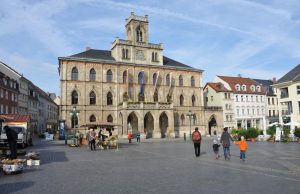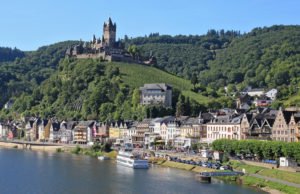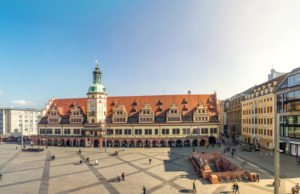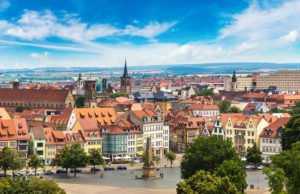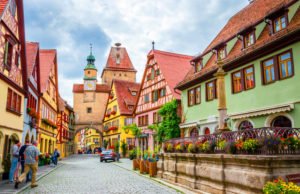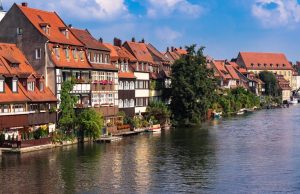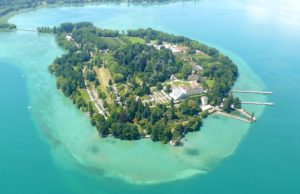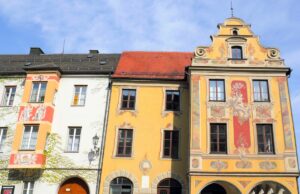
The Essentials
The main art museum in Berlin is the Berlin State Museums, a network of institutions that includes prestigious entities like Museum Island and the Hamburger Bahnhof. More here…
The most famous gallery in Berlin is arguably the East Side Gallery, an open-air gallery featuring murals painted directly on a 1.3 km long remnant of the Berlin Wall. Here you can read more…
Among the multitude of museums in Berlin, Museum Island, the Hamburger Bahnhof, the Jewish Museum, and the German Historical Museum are particularly worth visiting. Learn more…
Berlin’s vibrant cultural scene is as diverse and dynamic as the city itself. Known for its rich history and creative energy, it’s no surprise that Berlin is home to over 170 museums, each offering its own unique perspective on art and history. This city is an art lover’s paradise, offering a treasure trove of artistic gems waiting to be discovered.
Unveiling the Artistic Heart of Berlin: A Deeper Dive
Berlin, the vibrant capital of Germany, is a city that has long been recognized as a rich tapestry of history, culture, and art. Its diverse past, marked by periods of profound change and reinvention, has cultivated an equally diverse artistic landscape that is a testament to the city’s resilience and creativity. From ancient artefacts to contemporary masterpieces, Berlin’s art scene offers an expansive narrative that transcends time and geographical boundaries.
As an art enthusiast setting foot in Berlin, you are about to embark on an extraordinary journey. This city, teeming with over 170 museums, is a haven for those eager to delve into the world of art. Here, every street corner, every wall, and every building, tells a story – a story of a city that has been shaped and reshaped by its history and its people.
Museum Island: The Perfect Starting Point

Stepping into the heart of Berlin, you’ll find yourself amidst a remarkable ensemble of five museums, collectively known as Museum Island. Nestled between the Spree River and the Kupfergraben, this extraordinary architectural and cultural ensemble is more than just a group of museums – it’s a testament to Berlin’s commitment to preserving and celebrating world heritage.
The Museum Island, a UNESCO World Heritage site since 1999, was designed to be a ‘sanctuary of art and science’. The five museums it encompasses were built over the course of the 19th and early 20th centuries, and each stands as a significant landmark in museum architecture, reflecting the evolution of modern museum design.
The Altes Museum: The Beginning
The Altes Museum, the oldest museum on the island, was commissioned by King Frederick William III of Prussia to make the royal art collection accessible to the public. Designed by the architect Karl Friedrich Schinkel, it was completed in 1830 and is considered a milestone in neoclassical architecture. The museum houses the Antikensammlung, Berlin’s collection of classical antiquities, with Greek and Roman art objects distributed over two floors.
The Neues Museum: Resurrection from Ruins
Adjacent to the Altes Museum, the Neues Museum was designed by Friedrich August Stüler and was completed in 1855. Severely damaged during World War II, it underwent extensive restoration under the guidance of British architect David Chipperfield and reopened in 2009. Today, it houses the Egyptian Museum and Papyrus Collection, including the mesmerizing bust of Nefertiti, and the Museum of Prehistory and Early History, showcasing a broad overview of human history.

The Alte Nationalgalerie: Celebrating 19th Century Art
The Alte Nationalgalerie, a temple-like edifice, stands high above the Museum Island. Completed in 1876, it houses an extensive collection of works from the 19th century, including pieces from the Romantic period, the Biedermeier period, Impressionism, and early Modernism.
The Bode Museum: A Unique Blend
At the northern tip of the island, the Bode Museum, with its distinctive round dome, offers a fascinating blend of various types of art. Opened in 1904, it features an extensive sculpture collection, a broad range of coins and medals, and a selection of Byzantine art.
The Pergamon Museum: A Walk Through Ancient Architectural Wonders
Last but not least, the Pergamon Museum, completed in 1930, is the most visited museum in Berlin. Its monumental highlights include the Pergamon Altar, the Ishtar Gate of Babylon, and the Market Gate of Miletus.
Museum Island is not only a starting point for your journey through Berlin’s art scene but also a destination in itself, offering you an unparalleled encounter with centuries of artistic and historical treasures.
East Side Gallery
Berlin’s art scene isn’t limited to museums. Street art is a vital part of the city’s character, and the East Side Gallery, a section of the Berlin Wall, is a testament to this. The East Side Gallery is the longest open-air gallery in the world, with over 100 murals.
The Hamburger Bahnhof: A Modern Art Marvel
Housed within a 19th-century former railway station, the Hamburger Bahnhof – Museum für Gegenwart (Museum for Contemporary Art) provides a striking contrast to the classical and modern art institutions scattered across Berlin. It is one of the largest and most significant public contemporary art collections in the world and a testament to Berlin’s place in the global contemporary art scene.
Hamburger Bahnhof’s journey from a railway station to an art museum is a fascinating tale. Built in the mid-19th century as one of the city’s main railway terminals, it was named after the city of Hamburg, the train’s final destination. After the station’s closure in 1884, it served various purposes before finally being repurposed into a museum in the 1980s.

The station’s transformation was handled with care and creativity, preserving its original architectural features while adapting it to its new role. Today, the Hamburger Bahnhof beautifully marries its industrial-era heritage with its contemporary purpose. The grand old halls, once filled with the hustle and bustle of railway travel, now house groundbreaking contemporary art pieces.
Berlin’s Hidden Gem: The Bode Museum
The Bode Museum, located at the northern tip of Museum Island, boasts a vast collection of sculptures, Byzantine art, and coins. It’s a less crowded option, perfect for an intimate encounter with art. Don’t miss the coin cabinet, it’s one of the world’s largest numismatic collections.
A Diverse Collection of Contemporary Art
The museum’s collection is a dynamic mix of various art forms, including painting, sculpture, photography, multimedia, and performance. It offers a comprehensive overview of numerous artistic styles and movements from the 1960s to the present day.
The museum’s mainstay is the Friedrich Christian Flick Collection, a vast array of contemporary art pieces donated by the collector Friedrich Christian Flick. This collection spans several decades and includes works by notable artists such as Andy Warhol, Cy Twombly, and Joseph Beuys.
In addition to the Flick Collection, the museum also houses the Marx Collection, which includes iconic pieces by Joseph Beuys, Anselm Kiefer, and Robert Rauschenberg, and the Marzona Collection, renowned for its conceptual art and Arte Povera works.
Embracing the Artistic Pulse of Berlin
Berlin, with its rich tapestry of history and culture, is truly an art lover’s paradise. Whether it’s the world-renowned Museum Island, with its spectacular ensemble of five museums, or the Hamburger Bahnhof, a beacon of modern and contemporary art, Berlin offers a multitude of artistic experiences that speak to every preference and taste.
The city’s artistic landscape is a reflection of its resilient spirit and its constant evolution. Berlin’s art museums tell tales of transformation, from ruins to grandeur, from railway stations to contemporary art venues. They bear the marks of a city that has been shaped by history and continues to shape itself through art.




